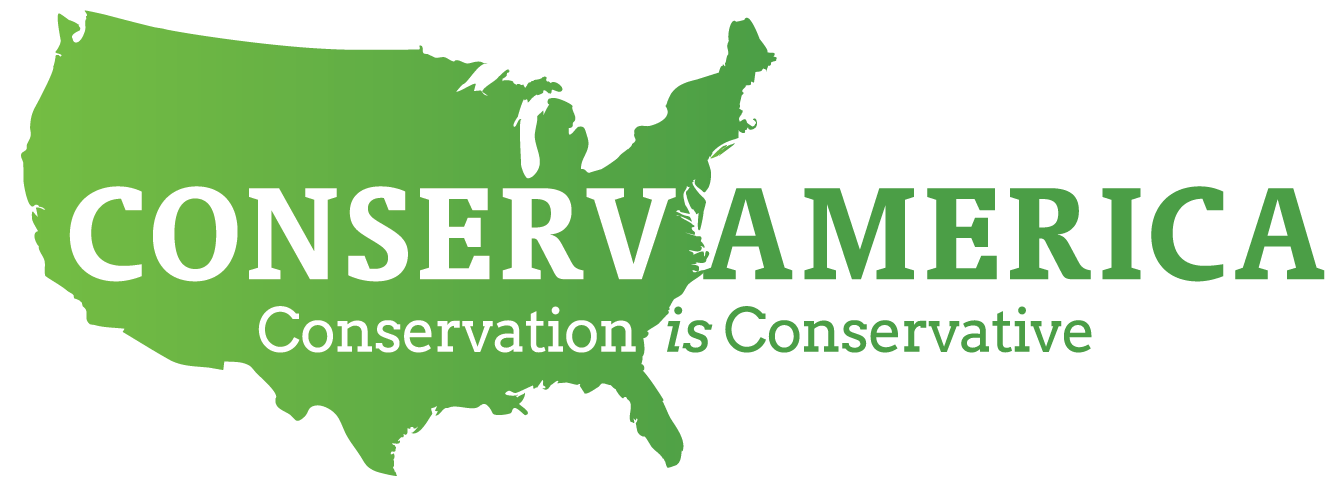Webinar Panelists Oppose Pebble Mine
On Wednesday, ConservAmerica hosted the latest in our series of webinars discussing environment and conservation issues. This edition dealt with the proposal to operate a mine (Pebble Mine) at a site near the headwaters of the Bristol Bay watershed in southwestern Alaska. The mine is now in the final permitting stage by the U.S. Environmental Protection Agency and the U.S. Army Corps of Engineers.
We talked to three experts on the issue: President and CEO of Trout Unlimited Chris Wood, McKie Campbell, who has served as Deputy Chief of Staff for the Governor of Alaska and the Commissioner of the Alaska Department of Fish and Game, and Deputy Director of the Marine Fish Conservation Network Tom Sadler. ConservAmerica’s General Counsel Brent Fewell moderated the panel. All of the panelists opposed its approval.
Wood set the stage for the discussion by describing the splendor of the proposed site.
“This is a very remote landscape; it is completely undeveloped. I fish there every year,” he said. “And in order to build this mine, you would literally have to industrialize that landscape.”
Seven rivers drain into Bristol Bay, and the mine would be built near the headwaters of two of them. Those rivers, the Nushagak and Kvichak, are home to nearly half of the world’s sockeye salmon and one of the most prolific king salmon runs, as well as one of the few places on Earth where fishermen can catch native rainbow trout that exceed 30 inches. The fishery is responsible for 14,000 jobs and a $1.5 billion economic impact. Wood said it is “irreplaceable” to residents.
“All we have to do to keep this fish factory that is Bristol Bay intact is to have the wisdom to leave that place alone. The Pebble Mine is precisely the wrong mine in the wrong place for Bristol Bay,” Wood concluded.
Northern Dynasty, the Canadian mining company developing the project, believes otherwise. On their website, they say that the proposed Pebble Mine area is the most significant undeveloped copper and gold resource in the world, with a massive low-grade sulfide ore body that is also expected to produce considerable amounts of copper and molybdenum.
Campbell emphasized that since he first visited the area in 1992, four or five major international mining companies that have sought to develop the area ultimately abandoned the idea. They walked away from hundreds of millions of dollars in sunk costs because they concluded there is simply no safe way to develop it.
“This is an area that is extraordinarily sensitive,” he said. “It is an area where if something goes wrong, there is not any chance of cleaning it up.”
Sadler agreed with the assessments by Wood and Campbell and noted that the Trump administration recently issued an executive order promoting American seafood competitiveness and economic growth, both of which would be undermined if the project moves forward.
“At the same time, that executive order warns of a trade imbalance in seafood, saying ‘despite America’s bountiful aquatic resources, by weight our nation imports over 85 percent of the seafood consumed in the United States,’” Sadler recounted.
“So, if we want a supply of high-quality domestic seafood to bring to America’s table,” he continued, “then we need to do everything in our power to protect those resources — rather than risking them for mineral extraction by a foreign company.”
Sadler said that fishing tourism brings in $75 million a year to the local economy, drawing fishermen from around the world.
ConservAmerica General Counsel Brent Fewell, who moderated the webinar, suggested some might consider these perspectives anti-mining. But all three panelists said they are supportive of mining in the right circumstances.
“This mining plan is dangerous; I can’t support this,” said Campbell. “You can’t be for good development without sometimes being opposed to bad development.”
“This is a mine that mining companies will tell you they don’t want to see built,” added Wood. “This is not an anti-mine proposition; this is just the wrong place to build this mine. There are definitely places that are appropriate to mine copper — it’s a strategic mineral, we need it — Bristol Bay is not that place.”
The discussion then shifted to the process. In 2014, EPA issued a preemptive veto over the Corps’ issuance of a Clean Water Act permit. There was some debate over whether that unusual step was appropriate, but the severe environmental implications and the economic uncertainty dragging local small businesses carried the day. The EPA’s veto was subsequently withdrawn in 2019.
Fewell noted that mine proponents have spent over $11 million on lobbying for the project, and Campbell concurred there seemed to be far more lobbyists than scientists working on the issue in Washington. Meanwhile, the project has generated over a million comments in opposition. Woods said his group joined 250 outdoors industry and business leaders along with 30,000 individuals in writing a letter to the president, urging the Administration to stop the mine because “nobody wants this mine.”
But opposition has perhaps been the strongest locally, where a broad consensus against building the mine has remained in place for many years, in spite of the potential economic benefits.
“Most all the residents of Bristol Bay see this as the single greatest social justice issue of their lives,” Campbell explained.
The EPA and Corps is likely to decide whether to allow the project to proceed within the next couple of months. The participants encouraged sportsmen and conservationists to take action by writing the agencies and their elected representatives.
